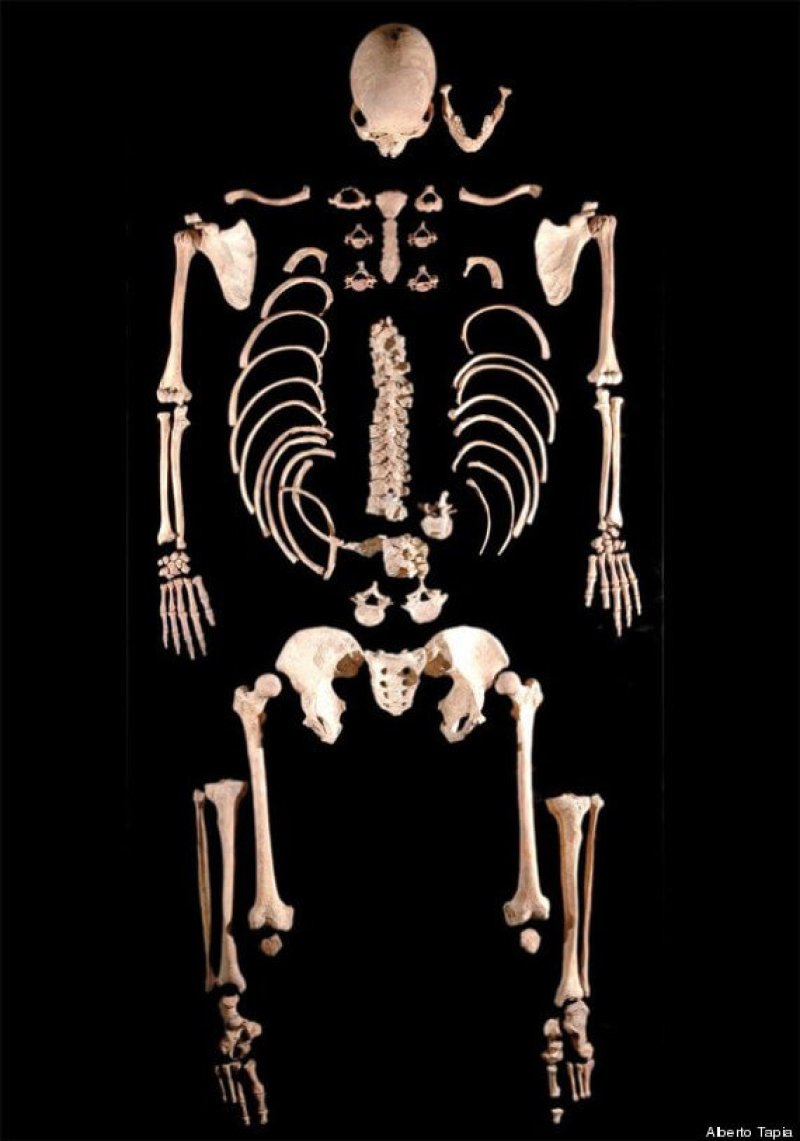Spanish researchers have discovered the complete mitochondrial DNA of an individual that lived 7000 years ago. This discovery is the oldest genome from Prehistory, 1700 years older than the previously found Otzi, an iceman from the border between Austria and Italy.
The skeleton which provided the DNA, was found in Spain in 2006. The DNA that was sequenced from one of the skeletons, called La Brana 1, has indicated that these beings bore very little resemblance to modern-day Europeans from Iberia, which consists of Spain and Portugal.This finding is consistent with other studies which indicate that present day Europeans are descended from migrant farmers who spread across Europe, and not from previous hunter-gatherers.
These genetic findings from the Mesolithic skeletons also provide interesting information about the agricultural and breeding tendencies of the area’s inhabitants. Researchers found that both skeletons were members of a genetic group called U5b, which is represented by nearly half of the other Mesolithic skeletons found across Europe.
This genetic finding is most interesting, because it suggests that the people of the Mesolithic period in Europe were “highly mobile groups that kept in touch and interbred continent wide.”
Other studies of DNA from ancient skeletons indicates new possibilities about the invention/adoption of farming and agriculture. In a separate study, Scandinavian scientists found vast differences in the DNA of ancient skeletons that lived in the same regions of Sweden about 500 years ago. These scientists indicate that “agriculture initially spread through Europe because farmers expanded their territory northward, not because the more primitive foragers already living there adopted it on their own.”
Both studies have presented interesting data, but many scientists believe they should be considered preliminary, due to the “tiny” sample size.
View the original article here: First farmers: 7,000 year old caveman bones found































